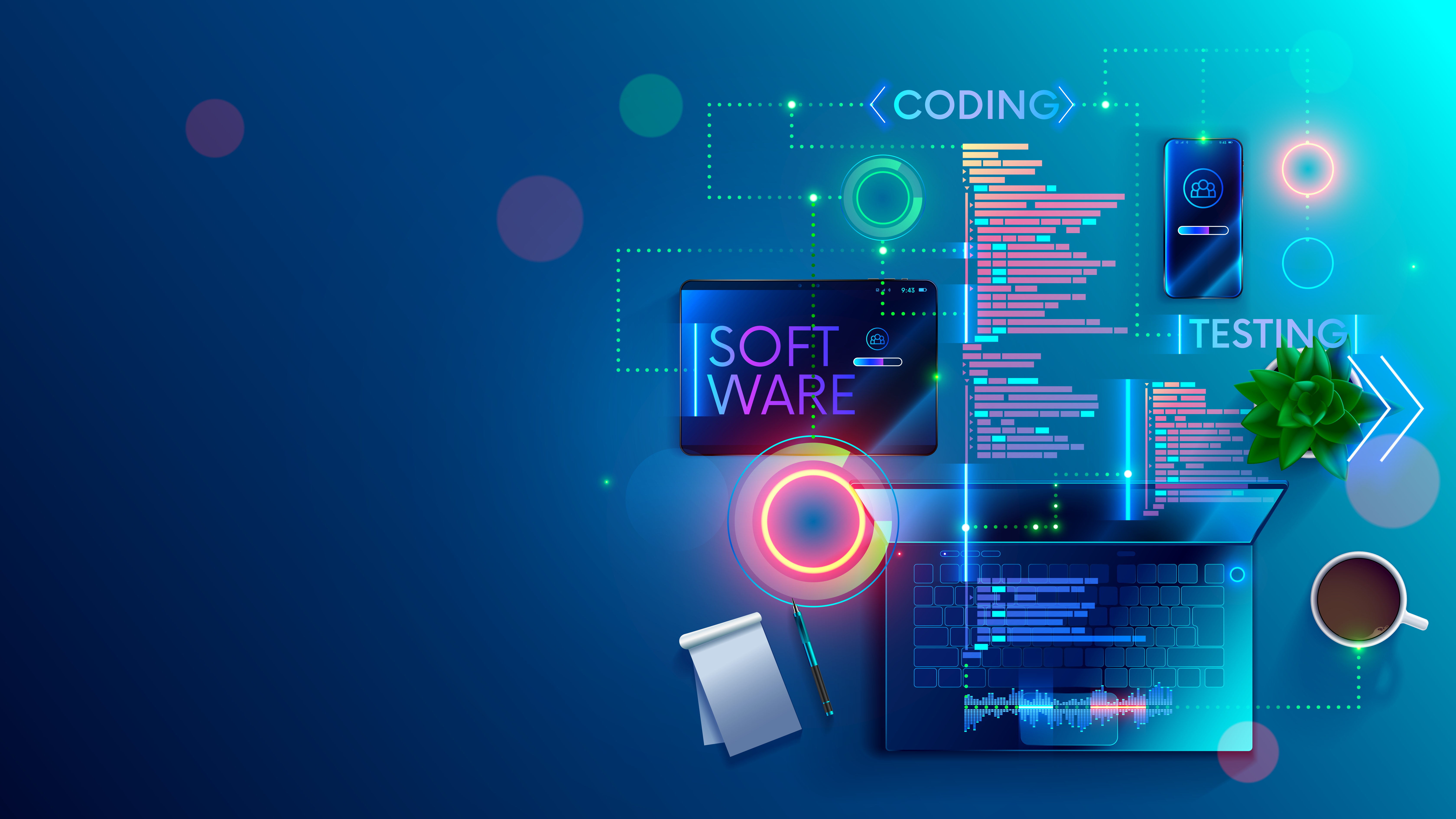
Digital transformations are complicated endeavors for any company, but their purpose is simple: improve business performance.
It stands to reason logistics would be a key area of optimization for companies looking to get a better handle on what’s happening behind scenes. Companies are finding new ways to leverage innovative technologies to optimize their processes and bring down costs across inventory management, shipping, receiving, warehouse management, and last-mile distribution.
But are these advancements inevitable for logistics management? This a tricky question. The answer is to take a look at some of the most disruptive technologies changing the logistics landscape.
Right now, some of these technologies are new enough they haven’t really been validated in the marketplace; their disruptive potential for the market at large has yet to be seen. But others are being deployed as we speak. For the companies proactive about this type of digital transformation, the benefits include higher profits, better customer experiences, and stronger supply chains across the board.
Augmented Reality
One of the most exciting advancements occurring in logistics is the use of augmented reality (AR) technology. AR involves specialized hardware (usually in the form of a smartphone app or pair of smart glasses) to access data, documentation, and visualizations to help technicians problem-solve.
These tools provide context-sensitive information for any given situation by connecting to the company’s resource planning software. When workers access the information contained in these systems at the tap of a button (or even automatically, with smart wearables), they’re shown the exact details, product information, or routing information they need to work quickly and efficiently.
For example, a warehouse worker might use a pair of smart glasses—connected to the company’s warehouse management system (WMS)—to review specific items. By scanning a product’s bar code or RFID tag, the worker gets instant information on company-wide inventory counts, quantity of open orders, or stock counts across different locations.
This type of efficiency opens the doors to exciting new possibilities for getting around some of the most common challenges in logistics, particularly when it comes to the boots-on-the-ground part of inventory management. By some estimates, a staggering $1.1 trillion in value is lost annually worldwide due to inventory distortion; this is a huge sum to tackle, but AR tools offering better visibility into inventory at the warehouse level is one way to mitigate these costs.
Robotic Automation
Perhaps most well-known of these transformative technologies is robotics (at least, the most well-known in the public mainstream). There’s been plenty of hand-wringing about robotic tools displacing human workers, and while some of these fears are justified, the push toward automation is one of those inevitabilities that comes part and parcel with a company’s digital transformation.
Naturally, the repeatable and simple processes inherent to logistics management are ripe for robotics. Big players like Amazon have been using robots for years to supplement their human workforce. These tools have great applications for helping Amazon sort through its massive volumes of products and orders, automating the sorting process for loading trucks to optimal capacity.
We’re still far from total human replacement, if we ever get there at all. For the foreseeable future, a joint strategy between human workers and strategic automation will be the most viable path forward.
And the applications aren’t limited to warehousing. We’re talking about the broad spectrum of robotics, after all, and these technologies are being used to boost logistic performance in countless ways.
Consider the rise of self-driving cars and their potential application for transportation. While these are certainly a different type of robot than our stock-picking machines, they represent the same goal of automating service delivery across each leg of the supply chain. (In the case of self-driving cars, achieving better success for that all-so-important last-mile delivery leg is a promising application.)
We’re not limited to terrestrial robots, either! We’ve seen how aerial drones have revolutionized aspects of home delivery, and the same strategy is being used in warehousing logistics.
Companies are using drones to monitor stock levels in warehouses, prevent inventory mismatches, and locate specific items in the building. The technology is still somewhat new and hasn’t been entirely validated, but with the biggest contenders in the marketplace exploring the space, it seems clear these strategies will find a place in many companies’ supply chain management portfolios.
Logistics Optimization Software
The increasing pressures of globalization and outsourcing have turned the modern supply chain into a much more complicated beast than it used to be. This is an important fact to acknowledge as we discuss whether a company’s digital transformation is unavoidable; in many ways, the growth of modern supply chains demands transformation.
Today, large companies have sprawling, global supply chains with numerous touchpoints across suppliers, vendors, and transportation partners. Even smaller companies may be leveraging low-cost vendors that aren’t local—presenting new supply chain optimization challenges for which they may not be prepared. (This complexity explains why 72% of retailers planned to reinvent their supply chains with real-time visibility tools in a 2017 study.)
Fortunately, there’s been significant advancement in logistics optimization software over the past few years to make these plans a reality. This is a broad category of tools that can be applied to just about any supply chain process, from order management to fulfillment to distribution.
Examples of these tools include visibility software platforms that integrate data from each vendor in the system and lay out the supply chain processes from end-to-end for the benefit of the company. Other tools assess efficiency on a more granular level; as with our warehousing example, software tools can help technicians manage incoming inventory by determining the best storage location for items based on space requirements. And when it comes time to ship these items for distribution, resource planning tools help workers in fulfillment centers understand the optimal arrangement of these items on trucks.
The benefits aren’t limited to individual workers. Companies tapping into this software gain complete insight into supply chain operations, including performance data on each vendor and areas of unexpected costs. For example, a particularly inefficient transportation vendor may have poor processes for loading trucks—resulting in more trips, delayed shipments, and perhaps expensive, mode-shifted expedites that fulfill the company’s promise to the end customer, but at a significant cost.
Transformative Technology for Supply Chain Logistics
Even more than robotics or AR, the push for comprehensive logistics software represents the biggest shift in thinking for supply chain optimization. It’s no longer good enough to take a haphazard approach to logistics—companies need integrated solutions that provide the visibility and efficiency modern supply chains demand. Companies may not need to adopt these technologies to see success today, but as time goes on, digital Luddites will struggle to keep up in the wake of companies that make this technology a core part of their processes.
With this in mind, it’s appropriate that we return to our initial question: Is digital transformation inevitable for logistics? And to that, the answer is no. It’s not inevitable—but it’s very likely that, for many of us, it’s already underway.

















